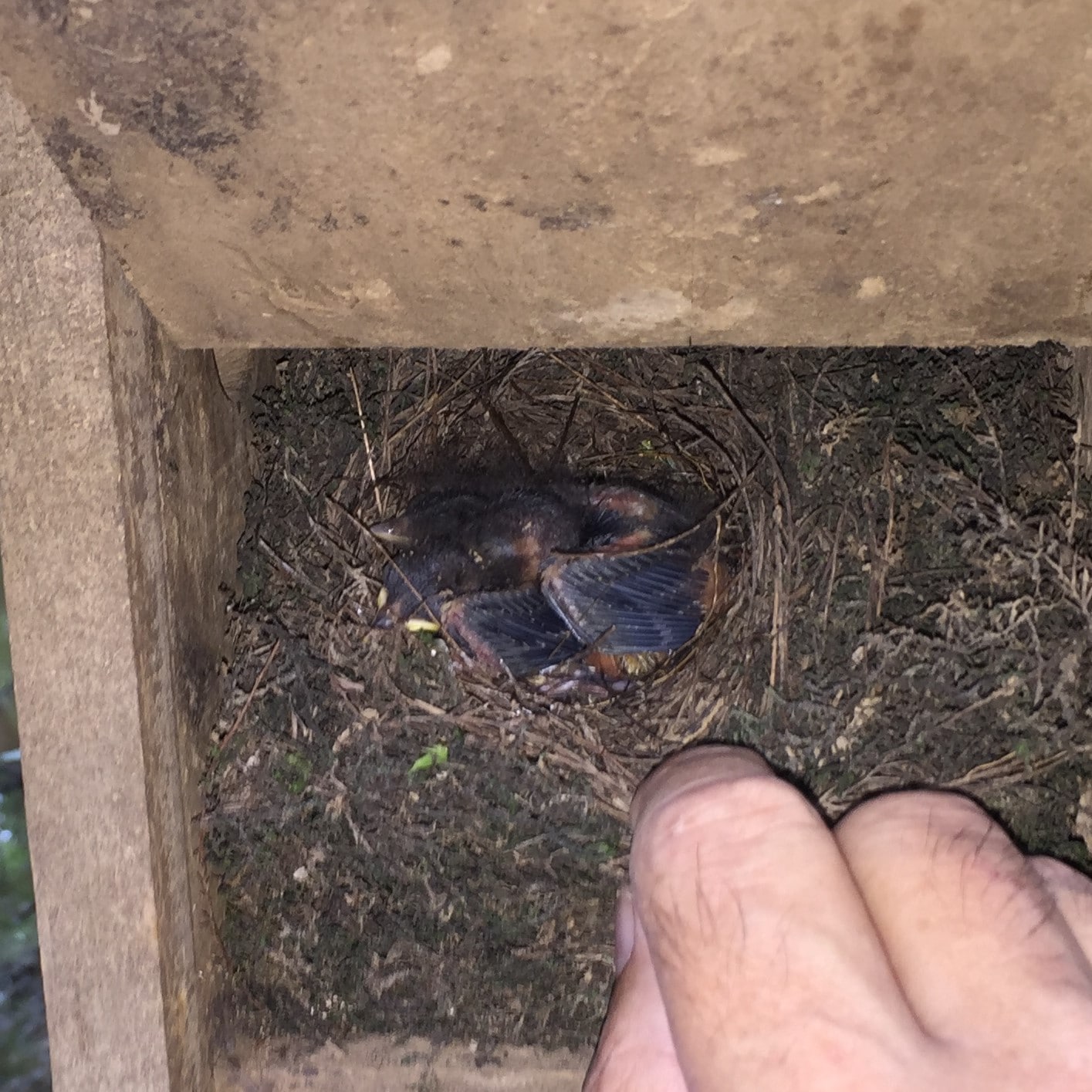Wow!!! – is the usual reaction to seeing a Prothonotary Warbler for the first time. Also known as Swamp Canary, this brightly colored bird of our bottomland forests is hard to ignore. If the bold colors of the males are not enough, the melodious “Sweet, sweet, sweet” notes of their song will ensure your attention.
For the members of the Jackson Audubon Society’s Prothonotary team, their love of this species goes the extra mile through a long-running stewardship of nest boxes scattered across the banks of the Pearl River at LeFleur’s Bluff State Park, in Jackson, Mississippi. Beginning in 2000, wooden nest boxes have been placed and cared for to promote what is recognized by the birding world as a species of conservation concern.
Prothonotary Warblers are one of many species of trans-gulf migrants that make their way between their breeding grounds in North America and their wintering grounds in South America. Through recent efforts to geotag birds on their breeding grounds, the National Audubon Society has tracked them to the forests of Columbia. Concerns about habitat loss on their breeding grounds here in the southeast are what drive volunteers like the Prothonotary team to act.
Charlie Pfeifer leads the current effort to measure the productivity of the 15 nest boxes that make up the local Audubon program. Eight members make up the Prothonotary Warbler team including Charlie, Wes Shoop, Billy Mitchell, Reese Partridge, Don Ogden, Clyde Burnett, Shivam Patel, and BB Watson. The project was initiated in 2000 by Reese and Louise Partridge and Mary Stripling.
For the past three years, boxes are monitored weekly from April through July, as a means of documenting productivity at this site. “These are beautiful birds for which we can make a positive impact,” says Charlie, who will soon report the team’s findings in the Mississippi Kite – the semiannual journal of the Mississippi Ornithological Society.

As for the productivity of these nest boxes, recent results have been impressive with 14 of the 15 boxes occupied by nesting pairs in 2021. Ten of these nesting pairs also raised a second brood during the three to four-month-long breeding season. This heavy use of artificial boxes may well be reflective of the general lack of natural cavities that these birds use as nest sites. Natural bottomland forests tend to have many such cavities that Prothonotary Warblers and other cavity nesters need to raise young.
For Charlie and his team, trekking through the muck, dodging spider webs, and enduring the humidity of the south, even in morning hours, has its rewards – knowing that they are able to see these beautiful birds (and others) and make a difference. For the Jackson Audubon Society, it is about promoting the value of Lefleur’s Bluff State Park as a refuge for this and other species that depend upon natural wetland habitats for their continued survival.
For information about Prothonotary Warblers and nest box designs, click here. To connect with the Jackson Audubon Society, you can visit their website or Facebook page.